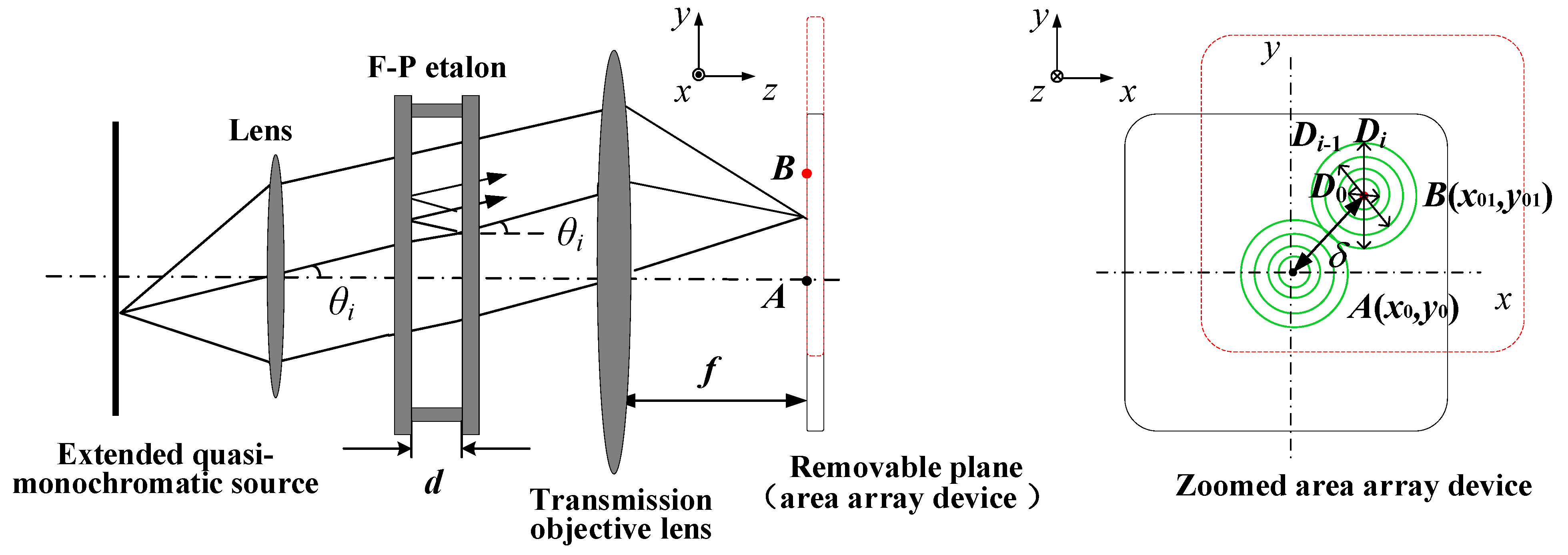Contents

Source: MDPI
The Science of Optical Multilayer Structures
Optical multilayer structures play a crucial role in various applications, from telecommunications to laser technology. Understanding how light interacts with these structures is essential for optimizing their performance.
Analysis of Thermal Effects in Etalon Structures
When optical power is absorbed in a structure, it can lead to heating effects. In the case of a monolithic etalon, which consists of Bragg mirrors surrounding a spacer medium, absorption losses can impact its optical behavior. To account for this, iterative calculations are necessary to reach a steady state of the system.
Modeling Temperature-Dependent Optical Behavior
By defining functions that incorporate the temperature dependence of the spacer layer, we can analyze the impact of heating on the optical properties of the etalon. Iterative calculations help determine the transmissivity for different wavelengths and incident powers, considering the thermal effects on the system.
Power-Dependent Transmissivity Profiles
As the incident optical power increases, the transmissivity profiles of the etalon become more asymmetric. This asymmetry is attributed to the resonant enhancement of power, leading to increased heating and a shift in the resonant wavelength. By studying these profiles, we can gain insights into the behavior of the structure under varying power levels.
Exploring Resonance Behavior
Scanning the resonance in both directions reveals interesting phenomena, such as bistable behavior, where the system exhibits different transmittance states depending on the scanning direction. Adjusting the design parameters, such as the number of layer pairs per mirror, can influence the resonance behavior of the etalon.
Understanding the thermal effects on optical multilayer structures is crucial for designing efficient and reliable optical devices. By incorporating temperature-dependent models into the design process, engineers and researchers can optimize the performance of these structures for a wide range of applications.
Source: Sage Journals
Feel free to comment your thoughts.



